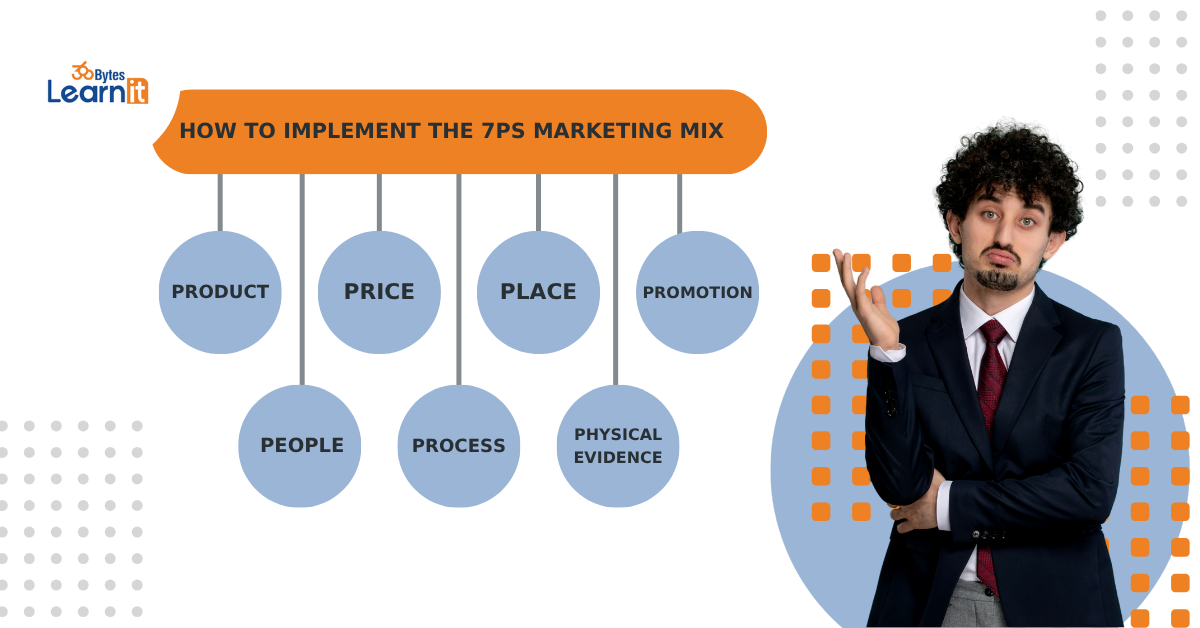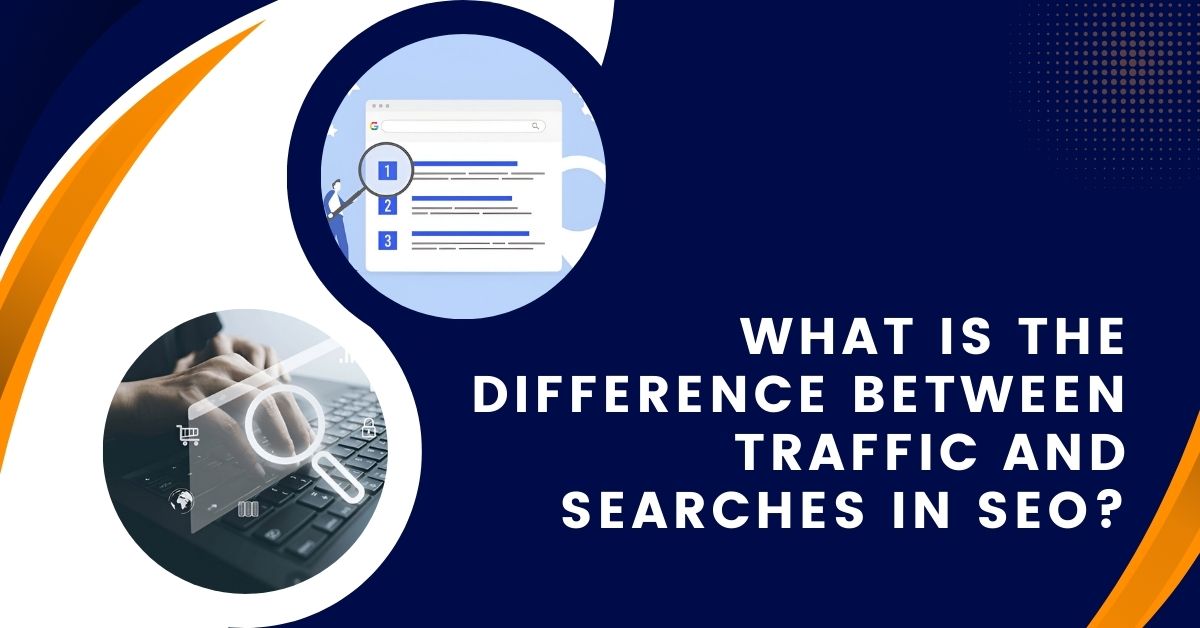
 24-Jun-2025
24-Jun-2025
There’s so much to do as a marketer; having an organized marketing approach will help efficiently advertise a product or service to your audience. While you may have heard of the 4P Marketing Mix, the marketing mix has evolved. It now includes seven important pillars: Product, Price, Promotion, Place, People, Packaging, and Process.
So, how can you benefit from each part in the 7Ps of marketing framework to build a sound strategy that meets market needs while achieving company objectives? Let’s find out!
In 1948, Professor James Culliton from Harvard University introduced the 4Ps of Marketing. It has since been developed into the 7Ps and now consists of a more extensive mix. In those early days, it consisted of Product, Price, Placement, and Promotion, which served as the major levers companies would utilize for driving business and marketing products.
In the mid-1980s, it was supplemented with People, Process, and Physical Evidence, which added service delivery components like the staff, methods, policies, as well as the surrounding environment.
The 7Ps marketing mix serves to execute your marketing plan while making day-to-day decisions during campaigns. As its backside parts think about setting up business objectives, planning, positioning in market then reversing it to servicing front end where customers interact with you so it’s their perception that matters fixed to how you reach them will tell how successful your goals have been achieved via customer interaction on hands services called The 7Ps.
Now let’s further detail each part of the 7ps.
The Product is at the center of the marketing mix – the actual commodity offered for sale. Your customers will care most about this. A product led approach can focus on:
Brand Example: Rather than offering merely a smartphone, Apple provides an integrated ecosystem as a holistic customer experience incorporating hardware (iPhone), software (iOS), and services (iCloud).
Price is one of the most important factors of the 7Ps marketing mix as it directly generates revenue and influences customers’ perception of the product.
Using this Element:
Brand Example: Spotify utilizes tiered pricing with ad-supported free plans and feature-laden premium subscriptions which maximizes market penetration.
The Place Element focuses on the distribution channels through which your product or service reaches the potential customers. It deals with being present at the right time and place.
Brand Example: Nike transformed access to its products by selling them through flagship stores, eCommerce websites, mobile applications all while providing an exemplary customer experience using data-driven approaches.
Promotion refers to how one interacts with the target market for conversion. This encompasses advertising, public relations, and engagement initiatives.
Brand Example: Dove uses emotional appeals centered on social values for their “Real Beauty” campaign, leveraging diverse platforms for product advertisement which epitomizes multi-channel emotional branding.
The People category encompasses all staff that come in contact with customers either directly or indirectly. Every organization relies on its people , including clients, professionally trained employees and other experts available within and outside the organization, to achieve high business success.
Brand Example: Zappos has been known to offer $2,000 to employees who feel disengaged from work as long as they deem culturally unfit for the job which illustrates the company’s emphasis on cultural fit when hiring.
The process is the element that concerns systems and workflows which provide your product or service. It is achieved by designing customer experiences around all interactions, from before the purchase to after it.
Brand Example: Amazon has set the gold standard for fast, reliable eCommerce experiences, with seamless checkout and fast delivery.
Physical Evidence encompasses the customers’ views relating to markings which aid in appreciating and understanding value. Such a dimension is critical with services because customers lack tangible contacts with the aerobic.
Brand Example: Starbucks depicts physical evidence of a global brand by having proprietary design members like branded cups, store design and music played in store.
The marketing mix of 7Ps is a very effective tool for marketers because it helps in constructing strategies and providing customer experiences on different levels. Regardless whether you manage a product or service, the 7Ps help outline goals to be achieved and share success stories in business.
Any marketer willing to build an all-encompassing strategy that touches on every aspect of customer interaction – from design, development and even before the purchase tricks requires Marketing Mix of 7Ps. Understanding these elements helps to foster better marketing strategies which ultimately lead to stronger relations with the customers, thus ensuring sustainable growth.


24-Jun-2025


2-Dec-2024


19-Nov-2024